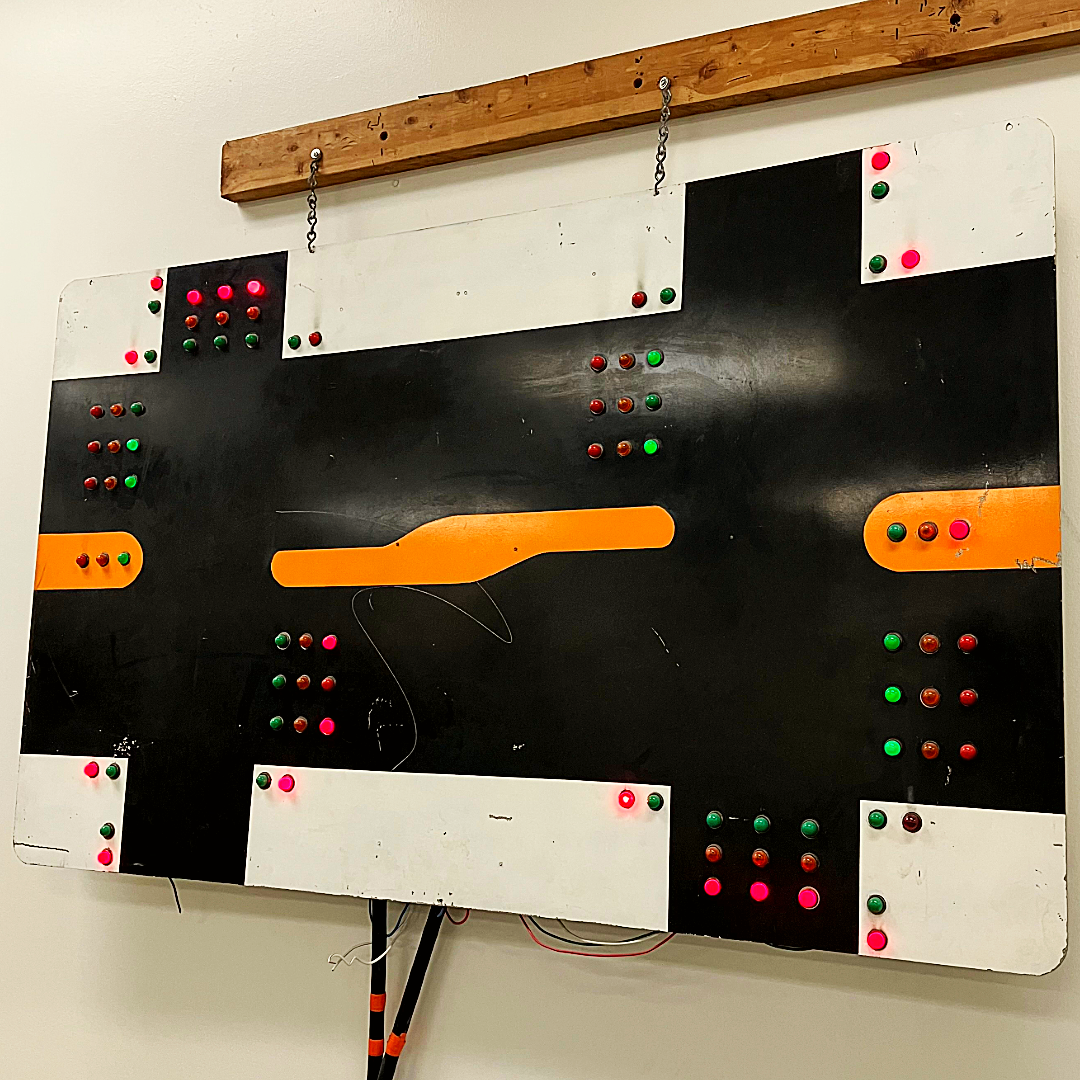Geeking out on traffic signals
Geeking out on traffic signals

If you want to know way too much about traffic signals, you’ve come to the right place.
We’re about to go behind the scenes when an interchange signal system goes into “flash mode” – that’s traffic industry lingo for flashing red lights.
ADOT, like many municipalities that operate traffic signals, has devices that connect to these signals to ensure that they’re operating properly. If a malfunction occurs, the device sends a message to put that signal “in flash,” which keeps motorists safe by preventing a traffic signal from showing two red or two green lights at the same time on opposite sides of the road.
Without getting overly technical, this is achieved by a little blue box, which serves as the controller of the system, and a Malfunction Manager Unit (MMU) working together to ensure that two conflicting green or red lights don’t happen at the same time.
The blue box is the manager of the signals, while the MMU is the watchdog unit that ensures the correct signals are green when they are supposed to and that no conflicting signals occur at the same time.
Sounds like a lot of technical-speak, right? Well, you’re not wrong. That’s why ADOT’s technicians train at test sites where they learn to set up these devices.
The test panel, which you can see in the photo above, allows the technician to test and confirm that phasing and timing is correct. These test sites are essential so technicians can set up signal timing and configuration in a testing environment before it goes live at an actual intersection.
So, the next time you encounter a flashing intersection signal, you’ll know everything that goes into getting it back online.
